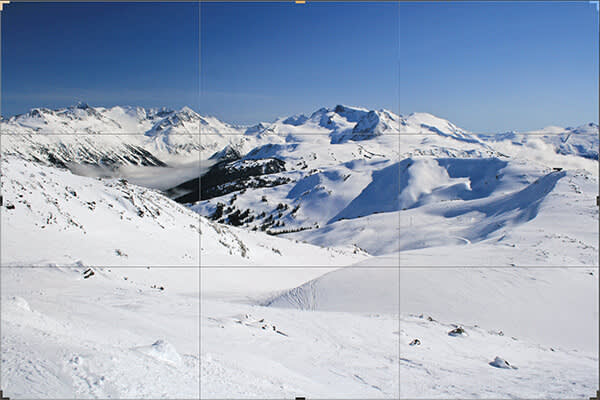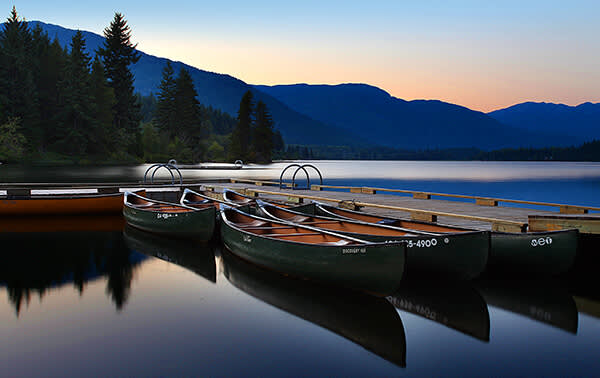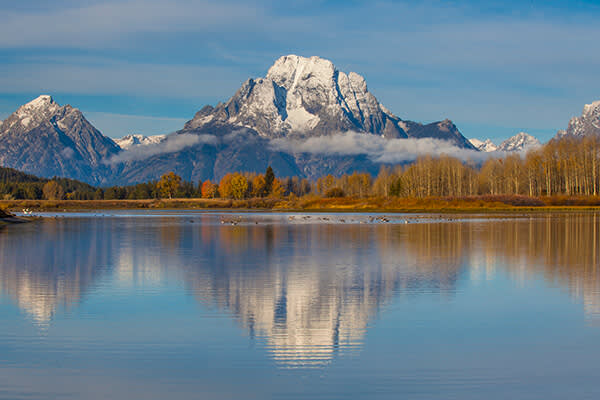Shooting landscapes is a fantastic way to practice your composition skills: the stillness and scale of your subject lets you focus your creativity on framing a shot that captures all the elements in a pleasing visual arrangement. In our second landscapes article (read the first here), Loretta Grande gives us her best landscape photography composition tips.
1. Use the rule of thirds

Photographers of all stripes use the rule of thirds to guide their compositions. The rule basically trashes the idea of framing your subject dead center. If you imagine dividing your image into thirds, vertically and horizontally, the most appealing images have focal points where two of these lines intersect. That’s why many DSLR cameras show the grid in the viewfinder. When composing landscape shots, one of my first considerations is where the horizon line is. If the most interesting part of the shot is the land, I’ll compose my shot so that two thirds of the shot is land, and one third is sky. For shots in which the most dramatic part of the shot is the sky, then I want two thirds sky and one third land. If you missed your chance taking the picture, PicMonkey’s crop tool will guide you.
2. Use a tree or plants to frame the scene

Framing is about using objects in the foreground to frame a point of interest in the background but it’s also about accentuating the landscape. Foliage is your friend! Positioning trees, plants, or other vertical features lets the landscape help you frame the shot.
3. Accentuate a point of interest in the foreground

This particular forest is known for its lush flora, so I framed the shot in a way that the ferns in the foreground are set against the waterfall. Creating a vivid foreground adds depth to the shot.
4. Create a vanishing point

The vanishing point in any picture is the point at which two parallel lines appear to converge. Medieval painters used vanishing points to simulate three dimensions, making objects smaller and smaller in relation to it. In photography, framing the shot to create a vanishing point adds drama and draws the eye into the shot.
5. Use diagonal lines

Diagonals add movement to your photo, drawing the viewer’s eyes into the scene. They can create points of interest, and emphasize the distances between objects in the foreground and background, which adds depth.
6. Reflect the beauty

Reflections are a perfect example of the cardinal rule that rules are meant to be broken: showing the horizon line in dead center can be appealing, contrary to the rule of thirds. I like how the reflected scenery adds a painterly texture and abstract playfulness to the image.
Loretta Grande is a photographer and graphic designer. To see more of Loretta’s work, check out her Instagram:@lorettamgrande.
